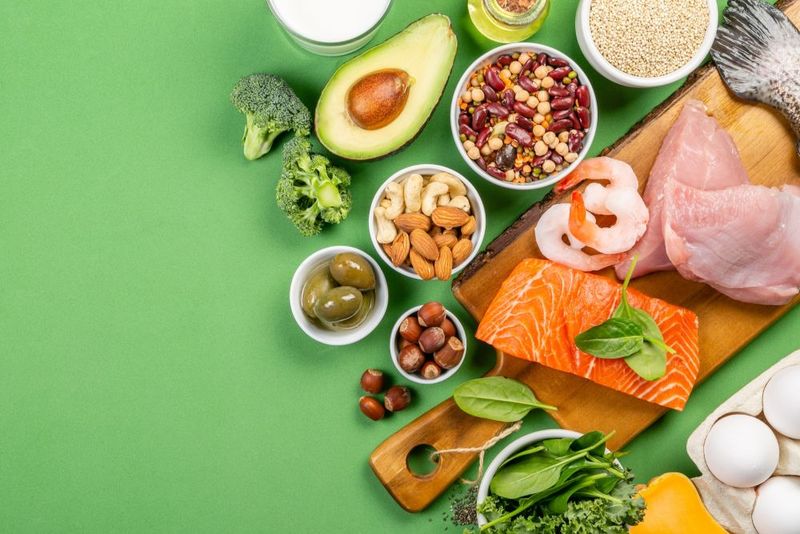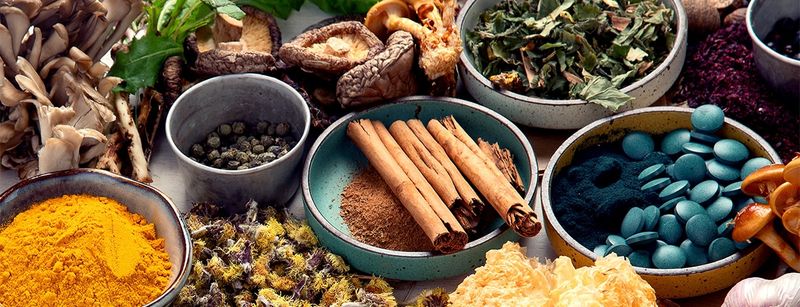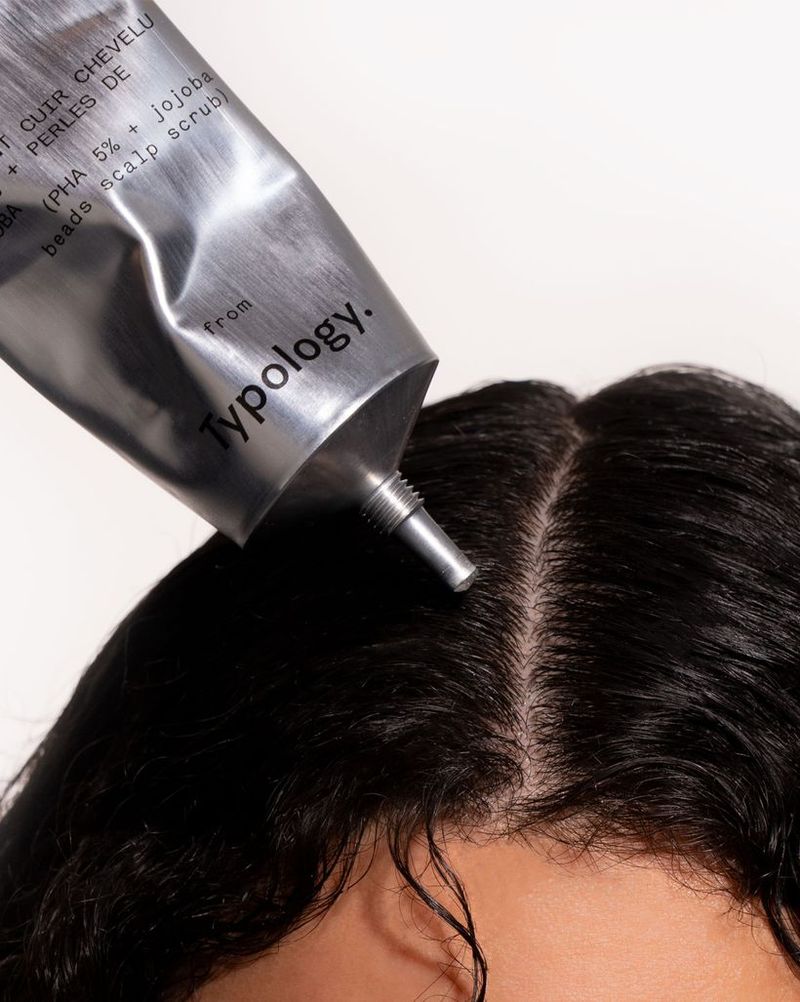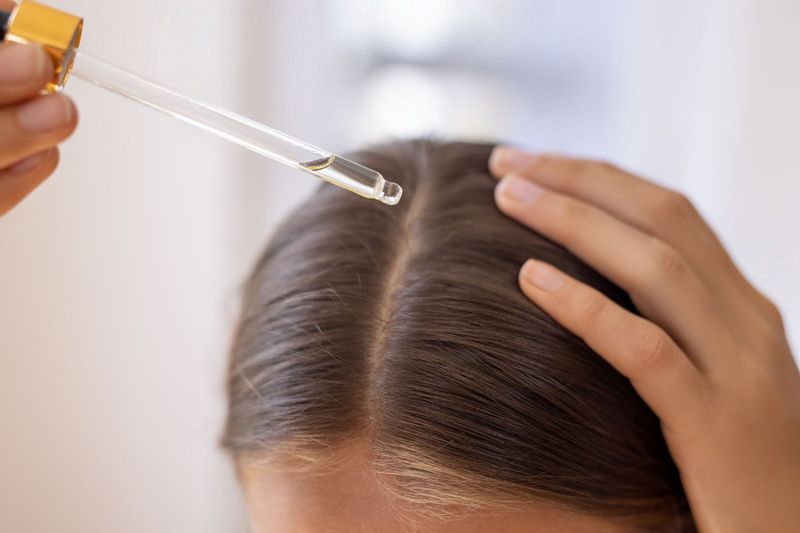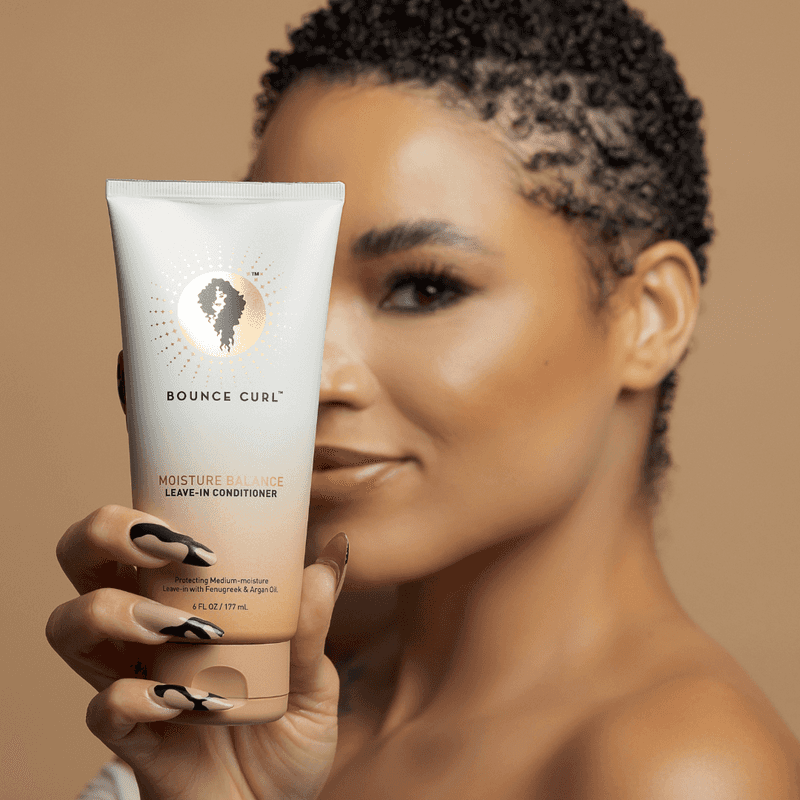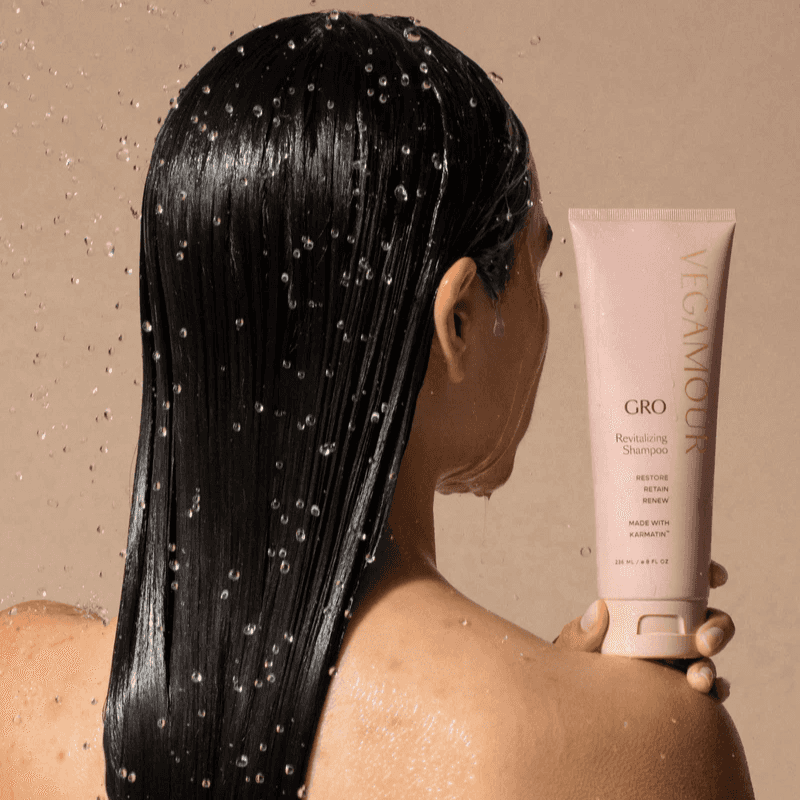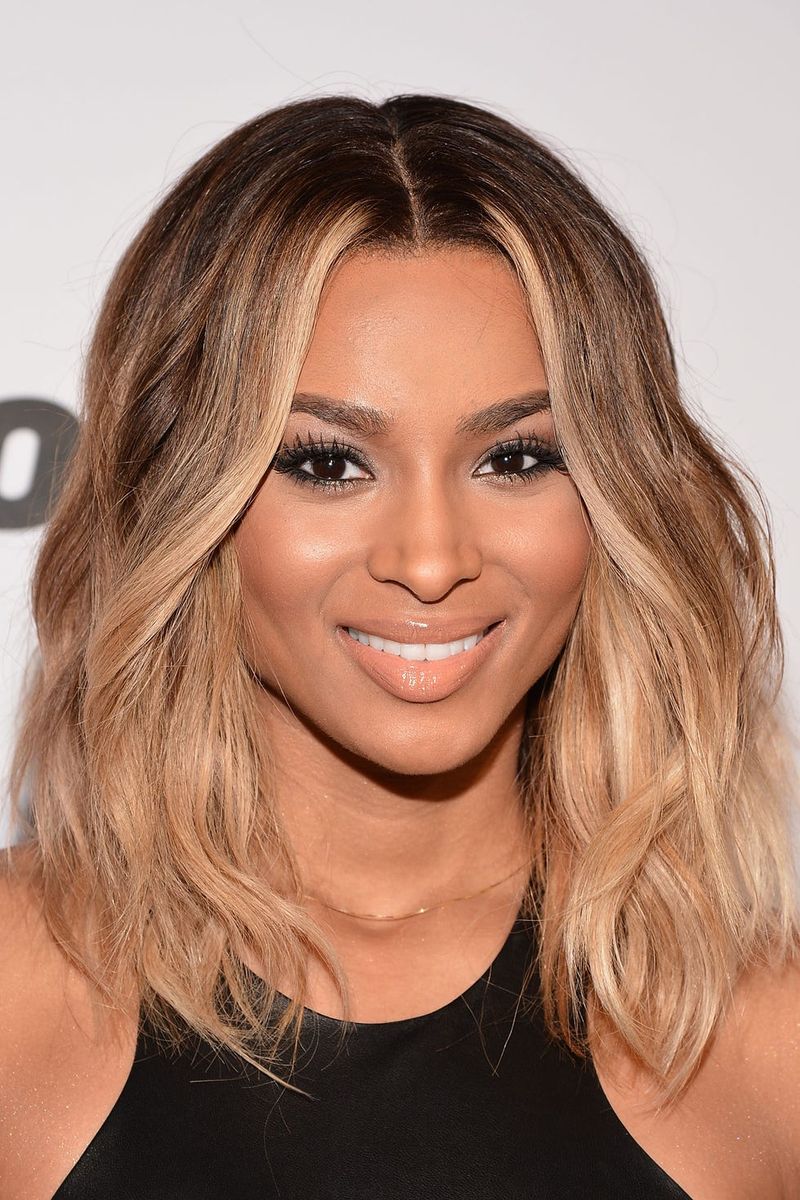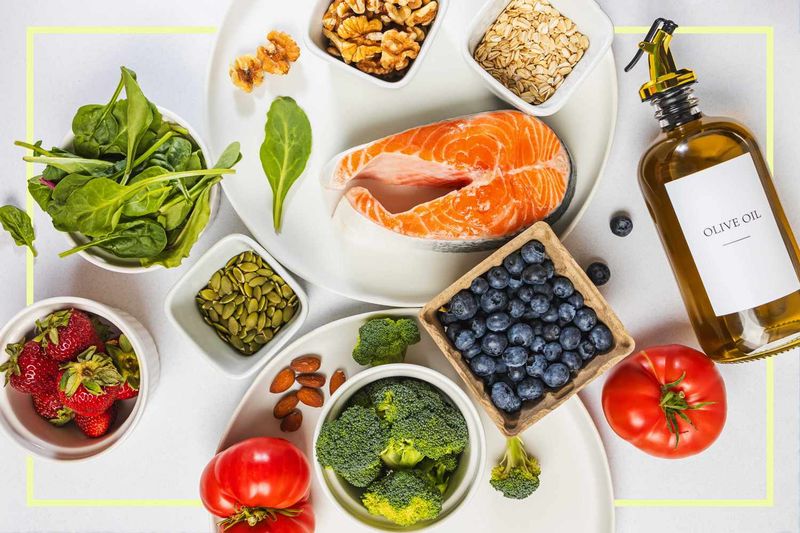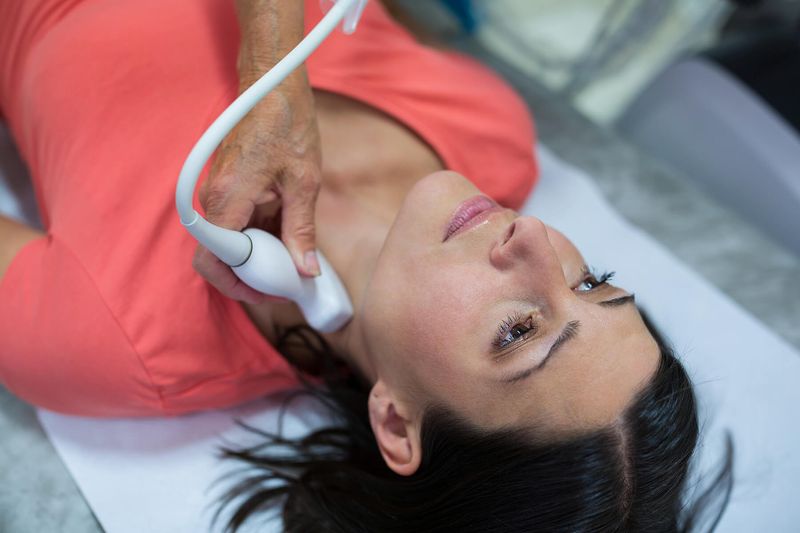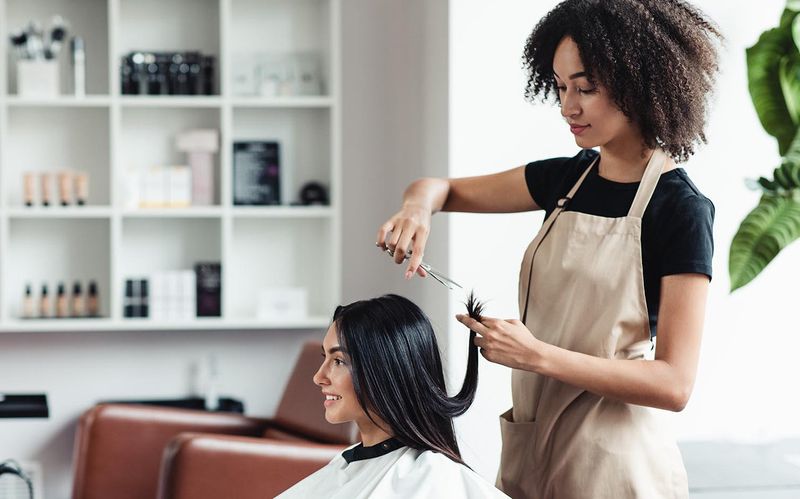Hair changes as we age, especially after 40. Many women notice thinning, dryness, and slower growth due to hormonal shifts and lifestyle factors. The good news? With the right care routine, you can revitalize your locks and maintain gorgeous, healthy hair well into your golden years.
1. Nourish From Within
Your hair reflects what’s happening inside your body. A diet rich in omega-3s, protein, and vitamins A, C, and E provides the building blocks for stronger strands. Consider adding salmon, nuts, and leafy greens to your weekly menu.
2. Scalp Massage Magic
Regular scalp massages stimulate blood flow to follicles, encouraging growth and nutrient delivery. Spend five minutes daily using fingertips (not nails!) to gently work through your scalp in circular motions.
Related: -7 Straight-Hair Problems No One Talks About And 8 Easy Fixes That Shine
3. Hormone-Balancing Herbs
Hormonal fluctuations after 40 can trigger hair loss. Adaptogenic herbs like ashwagandha, saw palmetto, and maca may help regulate hormones naturally. Consult with your healthcare provider before starting any supplement regimen.
4. Silk Pillowcase Protection
Cotton pillowcases create friction that damages hair cuticles and causes breakage. Switching to silk reduces friction, preserves moisture, and prevents those morning tangles that lead to breakage during brushing.
5. Collagen Supplementation
Collagen production naturally declines after 40, affecting hair structure. High-quality marine collagen supplements provide amino acids that support keratin formation. Most users notice improvements in thickness and shine within 2-3 months.
6. Lower Heat Styling Temperatures
Aging hair becomes more vulnerable to heat damage. Turn down those styling tools! For women over 40, keep flat irons below 350°F and blow dryers on medium settings. Always apply heat protectant first.
7. Biotin-Rich Foods
While biotin supplements are popular, food sources are often better absorbed. Eggs, nuts, sweet potatoes, and mushrooms deliver this B-vitamin naturally. Consistent consumption supports hair follicle strength and growth cycles.
8. Scalp Exfoliation Treatments
Product buildup and dead skin cells can clog follicles. Monthly scalp exfoliation removes these barriers to growth. Try a gentle scrub with sugar and coconut oil or a specialized scalp exfoliant.
9. Strategic Haircut Choices
The right cut creates the illusion of thickness. Blunt ends, face-framing layers, and shorter styles can maximize volume. Avoid razor cutting, which can make mature hair appear wispy and thin.
10. Rosemary Oil Treatment
Research shows rosemary oil rivals minoxidil for hair growth. Mix 10 drops with a tablespoon of carrier oil, massage into scalp, and leave overnight once weekly. The circulation-boosting compounds encourage follicle activity.
11. Gentle Brushing Techniques
Aggressive brushing damages aging hair. Invest in a boar bristle brush and use gentle, short strokes starting at the ends. Brushing distributes natural oils from scalp to ends, improving overall hair health.
12. Protein-Moisture Balance
Mature hair needs both protein and moisture, but finding the right balance is crucial. Too much protein causes brittleness; too much moisture creates limpness. Alternate between protein treatments and hydrating masks for optimal results.
13. Nighttime Protection Routine
Your hair undergoes repair while you sleep. Create a protective nighttime routine: apply leave-in conditioner to ends, loosely braid to prevent tangling, and use a silk scarf or bonnet for friction protection.
14. Scalp-Friendly Shampoo Selection
Harsh sulfates strip natural oils that aging scalps already produce less of. Switch to sulfate-free, pH-balanced formulas with ingredients like aloe vera and tea tree oil that nurture the scalp environment.
15. Strategic Color Techniques
Harsh all-over color can damage already fragile hair. Opt for strategic highlighting, lowlighting, or balayage that requires less frequent root touch-ups. These techniques also create dimension that makes hair appear fuller.
16. Anti-Inflammatory Diet Choices
Chronic inflammation can contribute to hair thinning. Focus on anti-inflammatory foods like berries, fatty fish, turmeric, and olive oil. Reducing sugar, processed foods, and alcohol supports a healthy scalp environment.
17. Stress Management Practices
Chronic stress triggers telogen effluvium, a common type of hair loss. Incorporate stress-reduction practices like yoga, meditation, or forest bathing. Even 10 minutes daily can lower cortisol levels that affect hair growth.
18. Scalp Sunscreen Protection
UV damage affects hair follicles, especially along the part line and thinning areas. Apply mineral sunscreen or wear protective hats during sun exposure. Powder sunscreens work well for scalp protection without greasy residue.
19. Hair-Friendly Sleep Positions
Side sleeping creates friction against pillows, potentially damaging hair. Train yourself to sleep on your back or use a travel pillow to create space for your hair. This reduces breakage and helps maintain styles longer.
20. Thyroid Health Monitoring
Thyroid imbalances commonly cause hair issues after 40. Request comprehensive thyroid testing, including TSH, Free T3, Free T4, and thyroid antibodies. Even subtle imbalances can affect hair growth cycles.
21. Regular Trimming Schedule
Aging hair becomes more prone to split ends that travel up the shaft. Schedule light trims every 8-10 weeks, removing just ¼ inch. This prevents damage progression while still allowing length retention.


